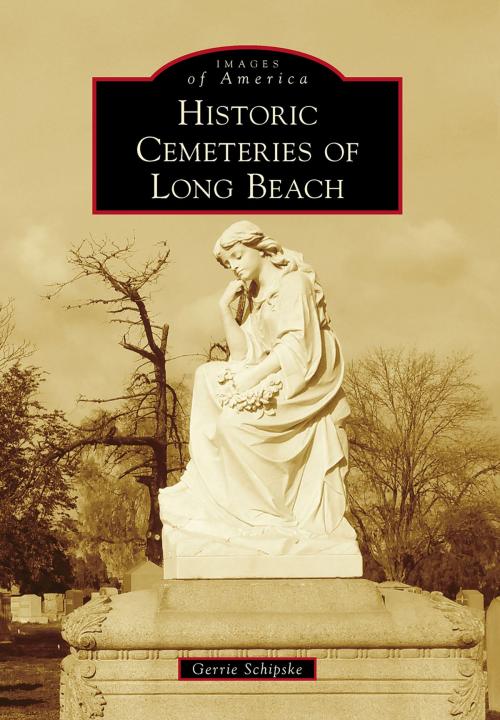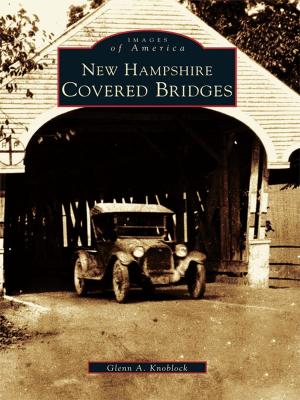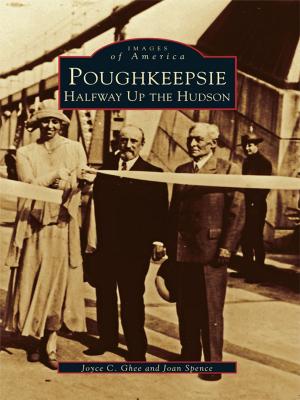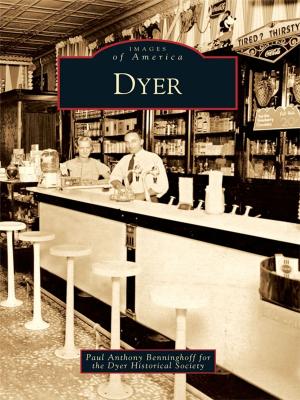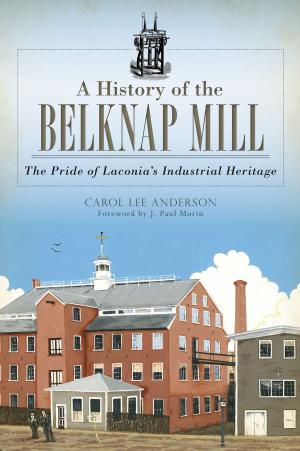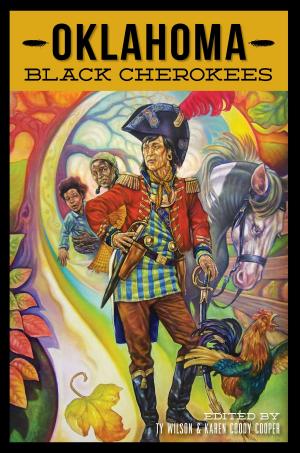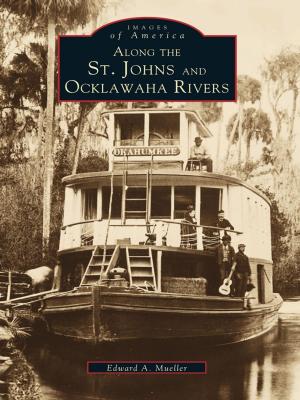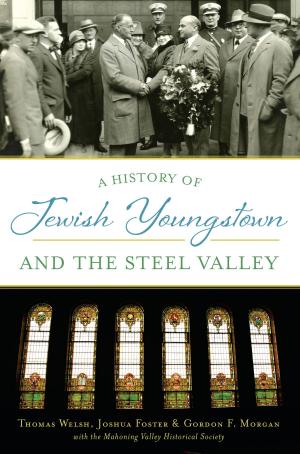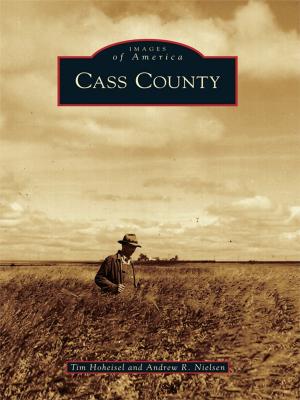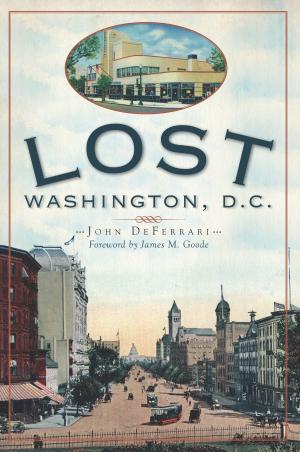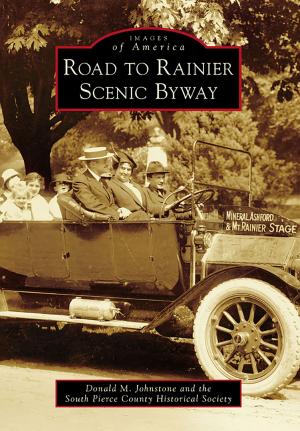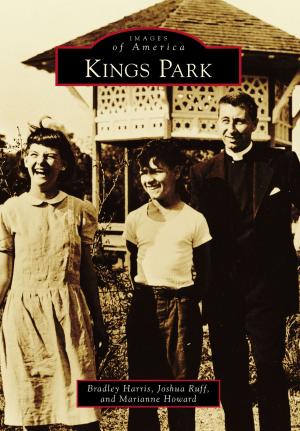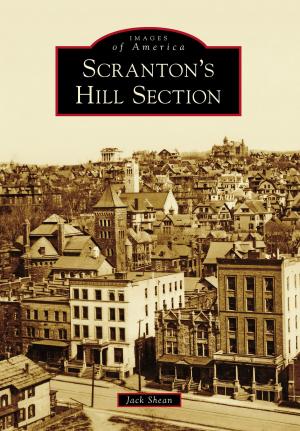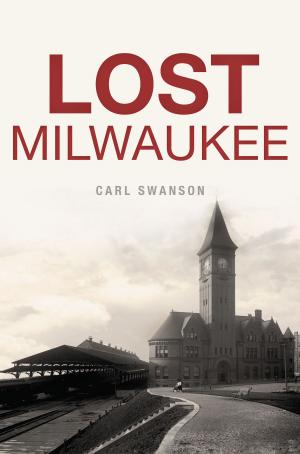Historic Cemeteries of Long Beach
Nonfiction, Art & Architecture, Architecture, Public, Commercial, or Industrial Buildings, Photography, Pictorials, Travel, History| Author: | Gerrie Schipske | ISBN: | 9781439657652 |
| Publisher: | Arcadia Publishing Inc. | Publication: | September 19, 2016 |
| Imprint: | Arcadia Publishing | Language: | English |
| Author: | Gerrie Schipske |
| ISBN: | 9781439657652 |
| Publisher: | Arcadia Publishing Inc. |
| Publication: | September 19, 2016 |
| Imprint: | Arcadia Publishing |
| Language: | English |
The stories of those who lived in the city by the sea begin long before the 1878 date on the oldest headstone found in the city. Long Beach was the site of ceremonies, and perhaps the burial grounds, for the Tongva tribe. Many of those who later settled the city are buried in one of the four known cemeteries, Municipal, Sunnyside, Forest Lawn Long Beach, and All Souls. Two of the cemeteries hold the graves of several hundred Union and Confederate Civil War veterans, one Medal of Honor recipient, and a slave who served in the 1st Colored Heavy Artillery Regiment. The histories of the Municipal and Sunnyside Cemeteries include the 1921 discovery of oil, which made national news as descendants of the deceased fought for the oil underneath the graves. The fight resulted in a second Sunnyside Cemetery that later became Forest Lawn Long Beach. The scene of oil derricks surrounding the cemeteries was so surreal that it caught the attention of Ansel Adams, whose photographs of Sunnyside Cemetery are included.
The stories of those who lived in the city by the sea begin long before the 1878 date on the oldest headstone found in the city. Long Beach was the site of ceremonies, and perhaps the burial grounds, for the Tongva tribe. Many of those who later settled the city are buried in one of the four known cemeteries, Municipal, Sunnyside, Forest Lawn Long Beach, and All Souls. Two of the cemeteries hold the graves of several hundred Union and Confederate Civil War veterans, one Medal of Honor recipient, and a slave who served in the 1st Colored Heavy Artillery Regiment. The histories of the Municipal and Sunnyside Cemeteries include the 1921 discovery of oil, which made national news as descendants of the deceased fought for the oil underneath the graves. The fight resulted in a second Sunnyside Cemetery that later became Forest Lawn Long Beach. The scene of oil derricks surrounding the cemeteries was so surreal that it caught the attention of Ansel Adams, whose photographs of Sunnyside Cemetery are included.
